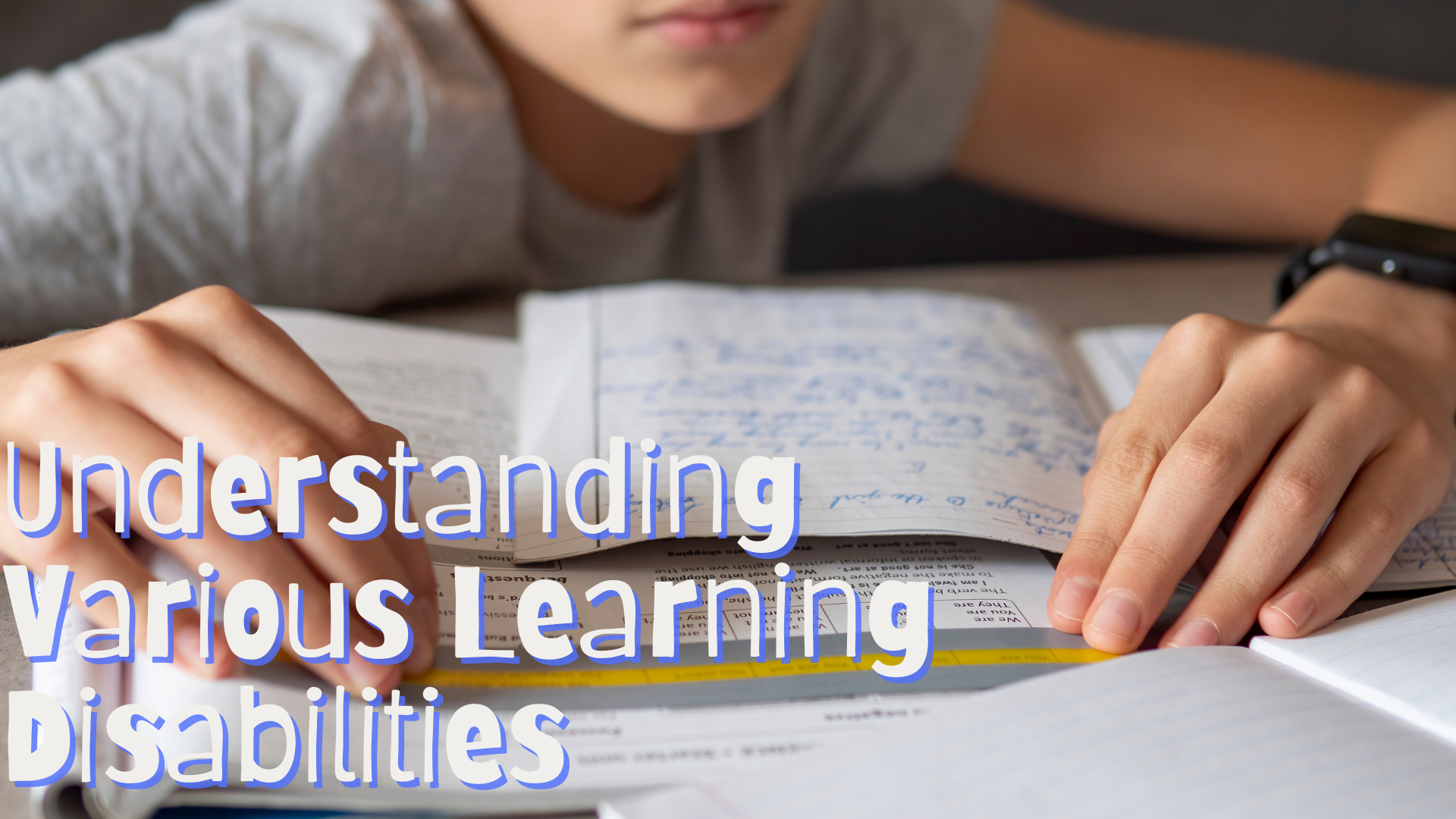Teaching a child about various learning disabilities is important for fostering empathy, understanding, and inclusivity. Here are some strategies to help you in this process:
Start with Age-Appropriate Information: Introduce the concept of learning differences in a way that is age-appropriate. Use simple language and examples that your child can relate to.
Read Books and Watch Videos: There are many children’s books and videos that address learning disabilities. Look for resources that explain these differences in a positive and inclusive manner.
Use Real-Life Examples: Share stories of people who have achieved success despite having learning disabilities. Highlighting positive role models can help your child understand that everyone learns differently and that success is possible for everyone.
Encourage Questions: Create an open environment where your child feels comfortable asking questions. This will help clarify any misconceptions and deepen their understanding.
Highlight Differences in Learning Styles: Explain that people have different learning styles. Some may learn best by reading, while others may learn better through hands-on activities or visual aids. Emphasise that these differences are natural and not indicative of intelligence.
Discuss Inclusivity: Teach your child about the importance of inclusivity and how they can support classmates or friends with learning differences. Encourage them to be patient, understanding, and helpful.
Avoid Stigmatising Language: Be mindful of the language you use when discussing learning disabilities. Avoid stigmatising terms and emphasise that everyone has strengths and challenges.
Visit Learning Centers or Museums: Some educational centers or museums may have exhibits or activities that showcase different learning styles. Visiting such places can provide a hands-on experience for your child to understand and appreciate diversity in learning.
Involve Them in Inclusive Activities: Encourage your child to participate in activities that promote inclusivity, such as inclusive sports or group projects. This hands-on experience can deepen their understanding and empathy.
Work with Their School: Collaborate with your child’s school to incorporate discussions about learning differences into the curriculum. This can help create a supportive and understanding school environment.
Model Acceptance: Demonstrate acceptance and understanding in your own actions. Children often learn through observation, so modeling empathy and inclusivity will have a positive impact on their attitudes towards others.
Remember that fostering an understanding of learning differences is an ongoing process. By incorporating these strategies into your parenting approach, you can help your child develop empathy, acceptance, and a positive attitude towards diversity in learning.



